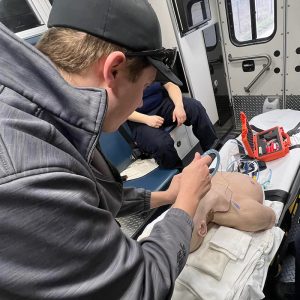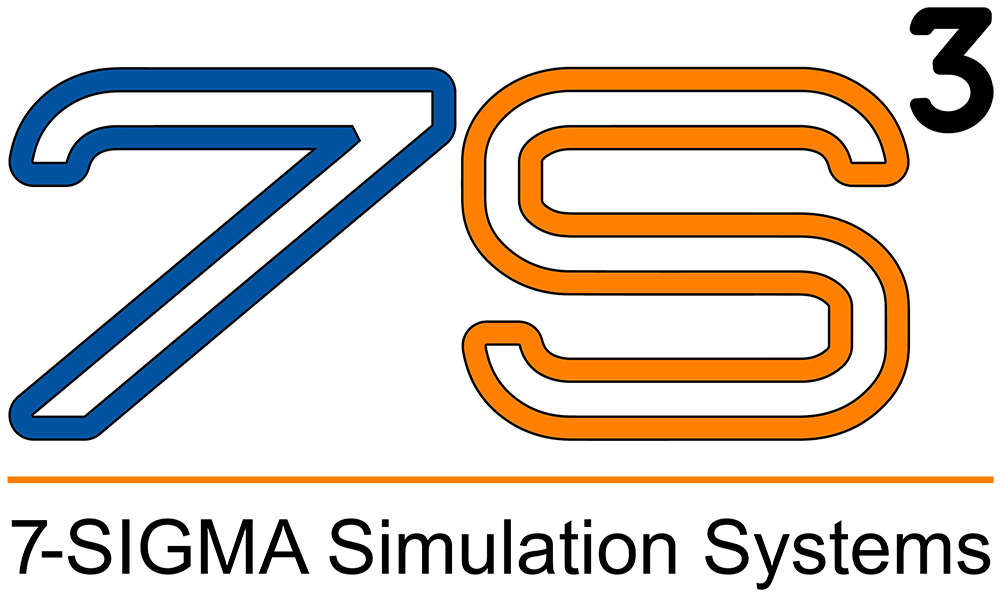FAQ
Frequently Asked Simulation System Questions
You will find answers to our various products, services and industry specialists and more. Please feel free to contact us if you don’t get your question’s answered below.
1. What are the main differences between our models and other products on the market?
• The 7S³ airway trainer replicates the appearance, weight, and biomechanics of a human.
• Our products are more realistic because of using new Polymer technologies.
• The facial features represent different age and ethnic groups.
• The patented modular design provides for an easy switch to various pathologies that support training needs and preferences; assists with diversity training and various training simulations.
• The airway trainers may be taken apart and easily cleaned.
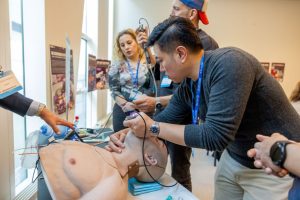
2. What type of airways do you offer?
We offer a novice, advanced, burn, and swollen airway that work with our African American (AA) and Caucasian (CA) models.
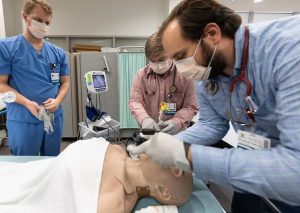
3. What type of trainers are available?
• Adult trainers are available as full, partial and go-light; the full torso is comprised of the chest, lungs, base plate, face skin, and front skull (45 lbs.); the partial torso consists of the face skin, front skull, lungs, and base plate (21 lbs.); the go-light trainer consists of the face skin, front skull and lungs in a smaller footprint (15 lbs.).
• In addition to the adult trainer, we offer a pediatric trainer. The 5 year old Asian female trainer consists of the face skin, front skull, lungs, and base plate (11 lbs.).
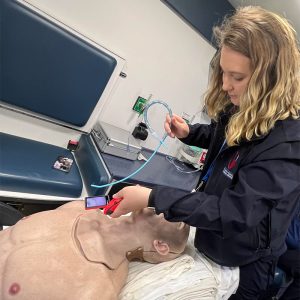
4. What structures make up the airway?
• The airway components include the airway, upper & lower teeth, jaw, nose block, lungs, and esophageal intubation detector.
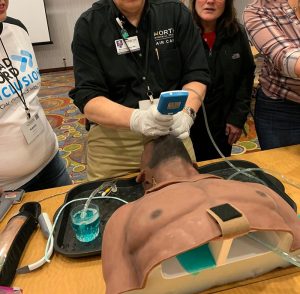
5. What types of intubation supplies support the 7S³ models?
• Miller or MAC
• Fiberoptic scope, and video laryngoscope with a hyper-angulated blade.
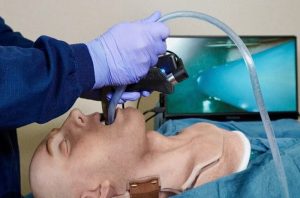
6. What is the cleaning protocol for internal organs cleaning?
• To clean the complete airway assembly, first remove the airway from the torso and remove the lungs/balloons from the airway; hold the airway over a sink or basin and fill completely with a mild soap and warm tap water solution.
• Using a swab stick, gently scrub the inside of the mouth and nostrils.
• When done cleaning the airway assembly: drain it completely and rinse it with clean, warm tap water to remove the soapy solution.
• Leave the airway assembly to air dry or use warm air to assure that both torso and the airway assembly are completely dry before reassembly.
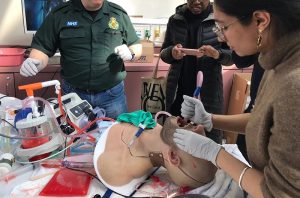
7. What is the cleaning protocol for external cleaning?
• Clean external surfaces of the manikins with a mild soap and tap water solution.
• Rinse by wiping with soft cloth, moistened with clean tap water.
• Gently dry the trainer with a clean, lint free cloth.
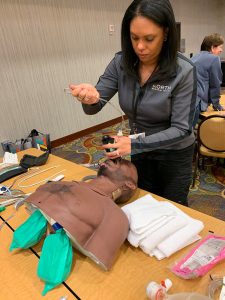
8. What is the best airway for training beginners?
